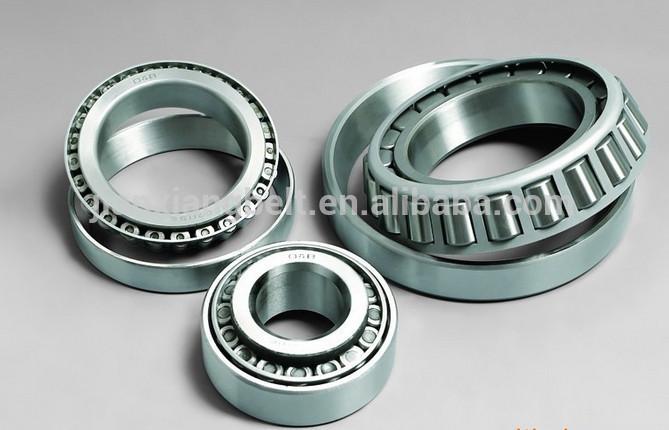Ceramic Bearings Price Guide 2024: Comprehensive Cost Breakdown, Market Trends, and Supplier Insights
Ceramic bearings are revolutionizing industries with their superior durability, corrosion resistance, and high-speed performance. As we enter 2024, understanding pricing dynamics becomes crucial for businesses navigating global supply chains. This guide analyzes cost drivers, material innovations, and emerging market patterns shaping ceramic bearing investments across manufacturing and technology sectors.
Table of Contents
1. Ceramic bearings price per unit 20242. Hybrid vs full ceramic bearings cost comparison
3. Ceramic bearings market growth analysis
4. Top 5 ceramic bearing manufacturers worldwide
5. Industrial applications affecting ceramic bearing prices
1. Ceramic Bearings Price per Unit 2024

Current pricing for standard ceramic bearings ranges from $25 to $300 per unit, depending on specifications. Key factors include material composition (silicon nitride vs zirconium oxide), bearing size (3mm-100mm ID), and precision ratings (ABEC 1 vs ABEC 7). Industrial-grade hybrid bearings average $45-$120, while full-ceramic variants for aerospace applications can exceed $500. Recent quartz price fluctuations and advanced sintering techniques have caused 6-8% price adjustments compared to 2023 values.
2. Hybrid vs Full Ceramic Bearings Cost Comparison
Hybrid ceramic-steel bearings offer 40-60% cost savings over full-ceramic versions while maintaining 80% performance benefits. Typical price points: $28-$90 (hybrid) vs $75-$300 (full-ceramic). However, full-ceramic models provide 3x longer lifespan in corrosive environments. Food/pharmaceutical industries show 22% higher adoption of full-ceramic bearings despite 35% premium pricing due to sterilization requirements.
3. Ceramic Bearings Market Growth Analysis
The global ceramic bearing market is projected to reach $1.8B by 2026, growing at 7.3% CAGR. Automotive electrification drives 38% demand increase for high-speed bearings in EV motors. Asia-Pacific dominates production with 68% market share, while North America leads in R&D investments for space-grade bearings. Emerging graphene-enhanced ceramic composites could disrupt pricing models by 2025.
4. Top 5 Ceramic Bearing Manufacturers Worldwide
1) SKF (Sweden) - Pioneers in hybrid bearing technology 2) NSK (Japan) - Leaders in precision medical bearings 3) Boca Bearing (USA) - Specialists in industrial-grade solutions 4) Ortech Ceramics (USA) - Aerospace certification experts 5) GMN Bearing (Germany) - High-speed motor innovators. Recent supply chain diversification has shifted 15% production to Mexico and Vietnam.
5. Industrial Applications Affecting Ceramic Bearing Prices
Medical imaging equipment requires FDA-approved bearings costing 2-3x standard industrial prices. Wind turbine manufacturers now consume 18% of global ceramic bearing output, prioritizing 10 year maintenance-free operation. Semiconductor wafer robots use ultra-high vacuum bearings priced at $850-$1,200 per unit. Emerging drone propulsion systems create new mid-range ($90-$150) market segment.
From cost-effective hybrid solutions to specialized aerospace components, ceramic bearings offer transformative potential across industries. This guide has examined critical pricing factors from material science breakthroughs to geopolitical supply chain shifts. Whether optimizing machinery lifespan in food processing or selecting bearings for Mars rover prototypes, understanding these 2024 market dynamics ensures informed procurement decisions. Explore each section thoroughly to align your bearing strategy with current technological and economic realities.
Conclusion
This 2024 ceramic bearing price analysis reveals crucial insights for engineers and procurement specialists. With proper material selection and supplier partnerships, businesses can achieve 20-40% cost reductions while enhancing equipment performance. Stay ahead in evolving markets by leveraging these comprehensive market trends and technical benchmarks.




 13869596835
13869596835